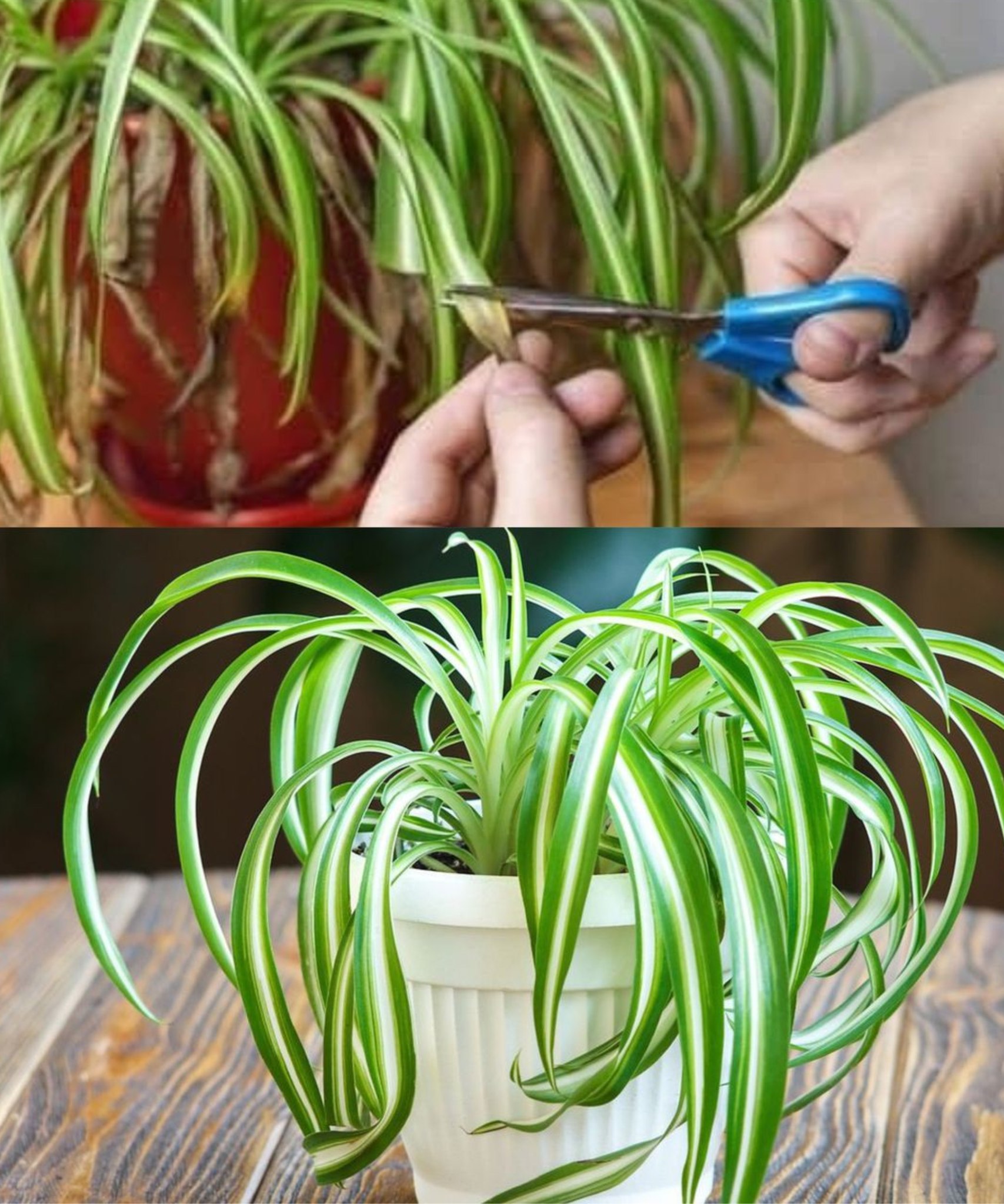The phalanx, also known as the spider plant (Chlorophytum comosum), is one of the rare plants that have the ability to combine elegance, robustness, and air-purifying capabilities as magnificently as it does in the world of cultivation that takes place indoors. With its beautifully arching foliage that is decorated with little “spiderettes,” this multipurpose plant not only brings a touch of greenery to your living areas, but it also provides a multitude of advantages for the environment that you have within your home. In this article, we will discuss the importance of bringing the phalanx into your house as a lovely and helpful green friend, as well as the beauty, care, and advantages of doing so.
The allure of the phalanx, often known as the spider plant
Graceful Foliage: The phalanx has long, thin leaves that arch outward from the center, providing a cascading effect that adds visual intrigue and elegance to any environment. The phalanx is a plant that is native to Asia.
2. Air-Purifying Qualities: Spider plants are well-known for their air-purifying capabilities. They are able to efficiently remove pollutants from the air within a building, including formaldehyde, xylene, and carbon monoxide, which contributes to a better living environment with spider plants.
3. Easy Maintenance: Spider plants are low-maintenance and forgiving, and they can tolerate a variety of light and watering conditions. This makes them an ideal choice for gardeners of all skill levels due to their adaptability.
4. Capacity for Propagation: Spider plants are able to easily generate “spiderettes” or plantlets on long stems, which makes it possible to easily propagate the plant and create new plants that you can share with your friends or use to grow your indoor garden.
Important Advice for Taking Care of Your Phalanx (Spider Plant)
Light Requirements, Number One:
Light from the Side: Position your spider plant such that it receives bright sunshine from the side. It is able to survive in areas with low amounts of light but flourishes in areas with more light.
2. The needs for watering:
The soil should be kept equally wet during the growth season (spring and summer), but waterlogging should be avoided, and the soil should not be allowed to get soggy to the point of being soaked.
Reduce the Frequency of Watering Reducing the frequency of watering during the dormant season (fall and winter) is an effective way to avoid root rot.
The soil and the containers:
ADVERTISEMENT

